Sound amplifiers: overview of types and secrets of choice
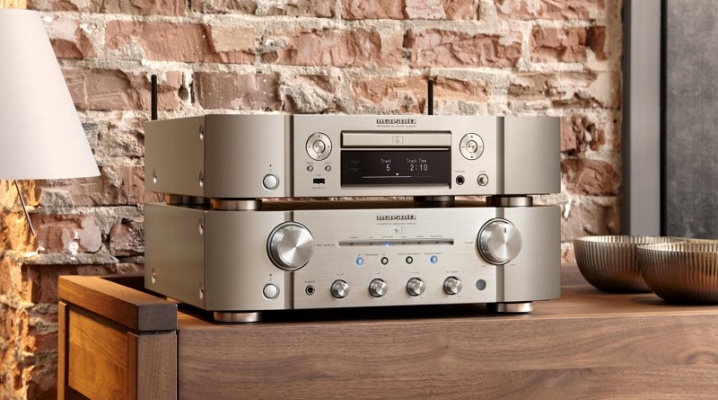
Most systems designed to reproduce sound have a special accessory called an audio amplifier. With its help, the sound is transmitted quite loudly, without extraneous electromagnetic interference and various distortions. Amplifiers differ from each other in their design, and also have different areas of application and synchronization with other audio equipment.
The sound power amplifier can be built into the system of any device or be a separate independent device with its own control panel.

What it is?
A sound amplifier can be found in any quality speaker equipment. It can be a radio tape recorder for listening to music in a car, a stereo system, a home theater or an ordinary sound player, a telephone or a laptop - in a word, the amplifier is applicable wherever the equipment has speakers. An amplifier is a device that operates on the electrical network and converts the electrical signal, making it stronger than the original parameters by increasing the power of the electrical current.
Devices for sound amplification are subdivided according to their area of use. The main areas of application for amplifiers are professional and consumer... In addition, amplifiers can be classified based on their design - there are single-ended or push-pull options. For example, a single-ended amplifier operates in a linear amplification mode, when, during a full period, an electric current passes through the transistor.

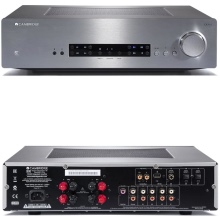

The task of a household amplifier is to add additional power to the sound, to bring the sound signal to such range indicators that the ear of an ordinary person can hear, that is, up to 15-23 kHz. Such an increase in sound transmission is justified by the fact that with age, a person's auditory sensitivity decreases, and people of mature age perceive sounds at a frequency of no higher than 16-18 kHz.
Industrial audio amplifiers are also important and widely used. They are used for information notifications in buildings and structures, production workshops, on open areas, as well as in large shopping or entertainment centers.
The purpose of using such devices is to maximize and convey information to all listeners who are in large areas.
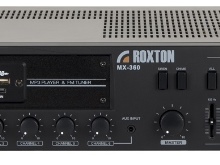
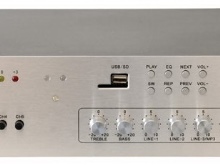

Any audio power amplifier has certain characteristics.
- Output audio power - can be nominal, which is measured relative to the established distortion factor of sound of a nonlinear order, or maximum, that is, measured relative to an arbitrarily determined coefficient.
- Efficiency - determines the parameter of sound amplification in relation to its original sound power.
- Frequency range - indicates with what frequency fluctuations the amplifying device can work. Usually it is between 20 and 22 kHz.
- Harmonic distortion - it is a coefficient that determines the part of the distortion that is present when amplified sound is transmitted at a reference frequency of 1 kHz. Distortion can normally be between 0.001% and 0.1%.
- Sound to noise ratio - shows the level of how the sound amplifier's own noise is related to the amplified sound transmitted by it.
- Dumping factor - reflects the amplifier's ability to suppress unwanted interference arising in the electric voltage field, which can significantly affect the quality of sound transmission.
In addition to these characteristics, an audio amplifier can be assessed by the degree of intermodulation distortion, the presence of crosstalk, and also by determining the speed of the sound output.
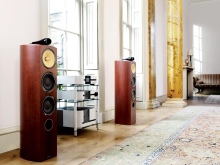
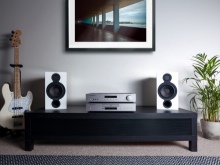
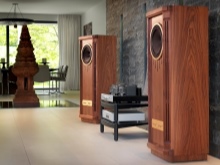
What are they for?
Often, ordinary people have the question of why a sound amplifier is needed, if you can just add volume. However, the amplifier not only adds volume, but it also gives power to the transmitted sound. Various devices used to transmit sound cannot always transmit it with a high level of quality. But if you connect these devices to amplifying equipment, the outgoing sound will significantly change its characteristics:
- the audio signal at the output becomes better quality, it is protected from the effects of distortion and various interference;
- there is an opportunity broadcast sound several times louder and more powerful than its original state.
When using an amplifier, you do not have to use an increase in the volume option, and you can extend the life of the speakers of one or another device.
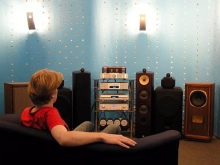
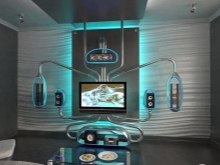
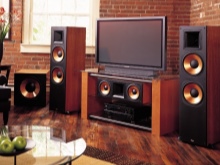
Device and principle of operation
Consider how a conventional amplifier works, which works to amplify sound in audio speakers.
- An important detail is the input system to which the sound source is connected. The input voltage is usually different between the source and the amplifier.
- Transformer - it converts the power of the electric current entering the amplifier into a value with high performance.
- Output stage - it consists of transistors that perform the task of converting high voltage electric current coming from the power supply. From the output stage, the converted signal is sent to the audio output device.
- Adjusting settings - this unit can only be found in stand-alone amplifiers. With the adjustment, you can select the level of the quality of the transmitted audio signal.
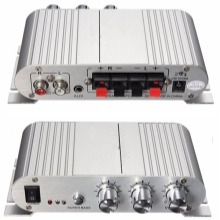
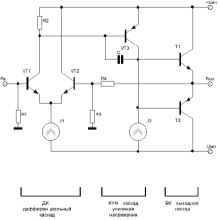
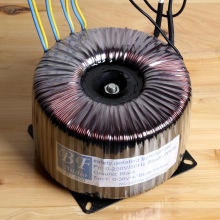
The following is a diagram of the operation of a sound power amplifier for a conventional typical device.
- Electrical current from the mains or vehicle power systemprovided by the battery, entering the transformer, is converted to DC parameters.
- Converted and amplified audio signal without changing the audio wavelength, goes to the output device, from where the sound comes in a higher quality and more powerful form. Typically, this broadcast is done by audio speakers.
An amplifying device used for household equipment, for example, a computer or tape recorder, also receives a signal from a connected sound source through the input system, converts it with an increase in the power of the amplitude of the oscillatory waves and transmits the sound to the output device.
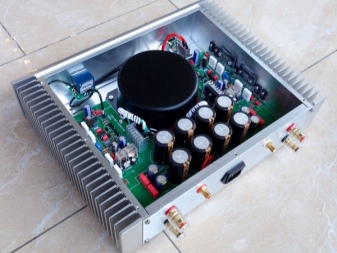
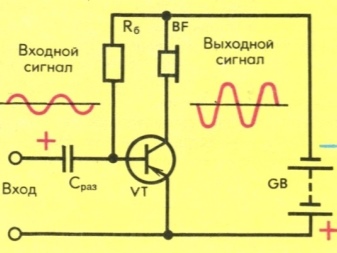
What are they?
Modern audio equipment is equipped with a sound amplifier - whether it is a device that transmits a digital processor signal or a wireless gadget that works with Bluetooth, you can find both a mono amplifier and a stereo model in them. A sound amplifying device may look like a mini-amplifier used in devices with small dimensions, and, for example, a smartphone has a built-in micro amplifier. It would be wrong to say that a large amplifier is better than a small one.
Regardless of what type or type of amplifier is used, it will perform its function based on its design capabilities.
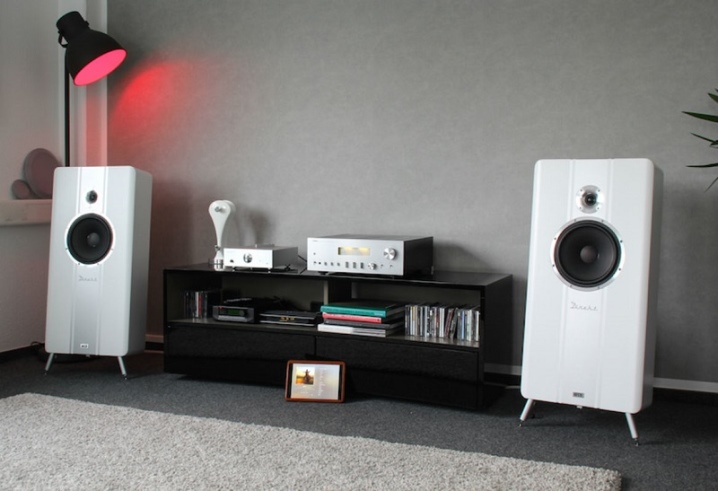
By appointment
Sound power amplifier options are categorized according to their application.
- Car Audio Amplifiers - Designed to boost the power of your speakers and subwoofer. They are subdivided into devices having from 1 to 6 channels. The single channel version works with high power devices.The two-channel version works with an audio system that has separate channels that generate stereo sound. Three-channel devices have the ability to connect to a subwoofer and two speakers. The most common amplifier with four channels, where you can connect 4 speakers at once or 3 speakers and a subwoofer. Amplifiers with 5 and 6 channels also offer the flexibility to connect multiple audio devices, significantly saving space, but they are more expensive.
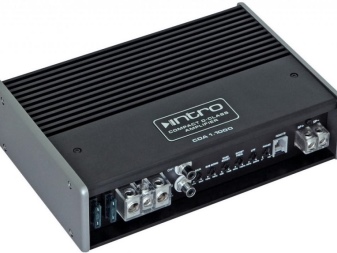
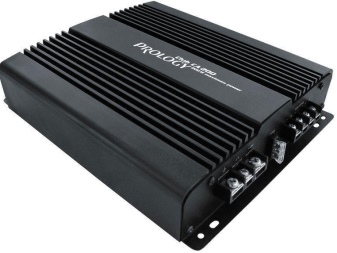
- Home audio amplifiers - individual amplifiers in home use are rare, since any media equipment already has them in the built-in version. For this reason, the use of an additional amplifier in everyday life is not necessary to increase the power of sound, but to eliminate possible interference during its transmission. A similar option is performed by a special block that controls the timbre, boosting or, conversely, reducing the high and low frequencies of the sound.
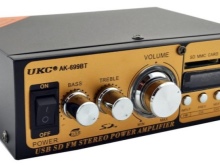
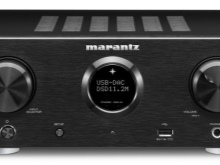
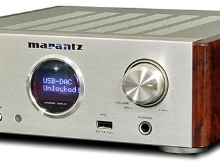
- Concert amplifier Is a professional type of equipment designed to synchronize with musical instruments connected to the mains. The device of such an amplifier also includes speakers, a block of various special effects, and a tone control block.
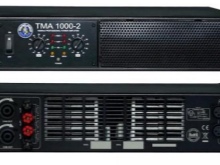
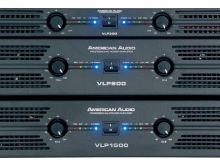
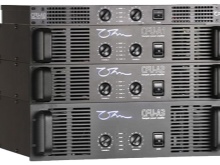
- Studio amplifier - also belongs to the professional type of equipment, the task of which is to slightly amplify the sound and maximize its quality. A studio amplifier has a lot of differences compared to a consumer amplifier. They consist in a higher sensitivity range, reaching up to 100,000 Hz, channels are regulated separately, and instead of a tone control unit, the studio amplifier has a mixing console. Studio equipment is much more powerful and designed for heavy loads in terms of duration of use, has protection against electrical surges, has more reliable and high-quality connectors, and so on.
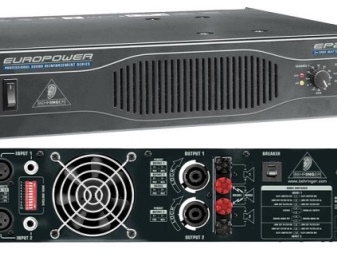
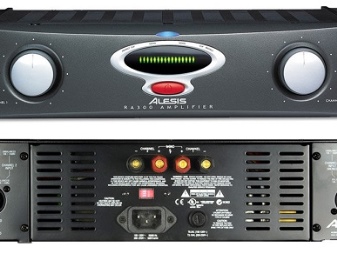
Devices that amplify sound, in addition to their purpose, are also subdivided according to the power level.
By power class
The power level is understood as the total indicator of the output signal, which is taken into account for one cycle of the device operation, depending on its device circuit.
Conventionally, the power classes of the sound amplifier are divided into several groups.
The highest quality - classes A, B, AB, C. Such devices are capable of providing the purest and most noise-free analogue sound. The design of the device is a transistor or tube method for converting sound. Such equipment is used in household and professional spheres.
The highest quality sound conversion is carried out only with the help of a class A tube amplifier. These devices are expensive, and their prices can reach several million rubles. Tube amplifiers have the ability to accurately replicate the appearance of the input sound and output it without any distortion, but with a significant amount of amplification.
The disadvantage of such high-quality equipment is not only its cost, but also the high amount of electricity consumed.
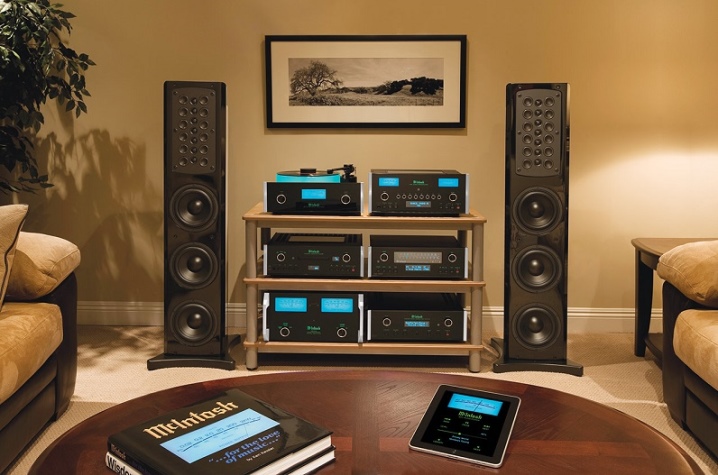
Devices for small devices - classes D, E, F and T. These amplifiers use digital circuitry and pulse on and off modulation.
Most common class D amplifiers, which, unlike analog types, the input signal is received not in the form of a sinusoid, but as a rectangular pulse. The amplitude of the pulses is constant, and their duration depends on the input signal. The device operates at a frequency of 10 to 100,000 Hz. The resulting sound pulses are amplified by transistors, and the outgoing sound is low-pass filtered.
Automotive Amplifier - Class H. This technique is used in environments with a limited level of electrical voltage. The design of the device includes an AB-class amplifier.The efficiency of such an amplifier is 83-85%, and it is considered low-power, but the sound distortion rate is only 0.1%.
When choosing a sound amplifier, they are guided not only by its scope, but also by its operating power class.
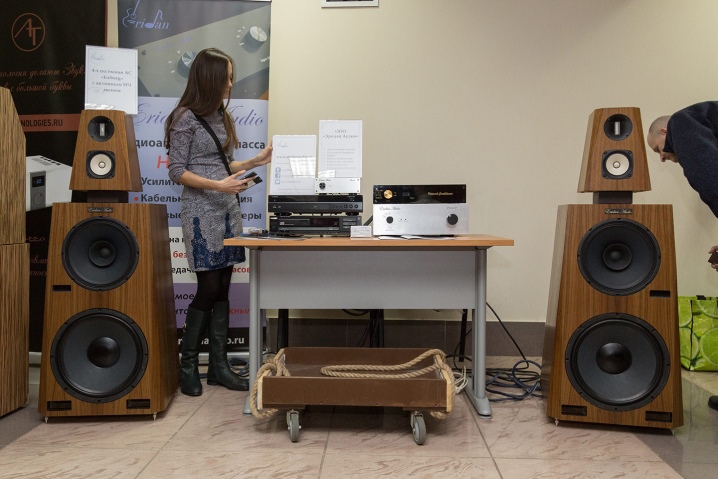
Modern models
To choose an amplifier model, you should take into account not only the vintage parameters of its appearance and properties, but also be guided by the reviews of professionals in the field of acoustics. Amplifiers can be quite large, and there are also compact models. Built-in devices have a very miniature appearance, but there is also just a portable version used in a car.
Let's take a look at some modern models as an example.
- Denon PMA-520AE - Reliable two-channel model with 70 W output per channel. The transistor integrated amplifier operates at frequencies from 5 to 100 kHz. The distortion factor is 0.02%. The cost is 18,000-20,000 rubles.
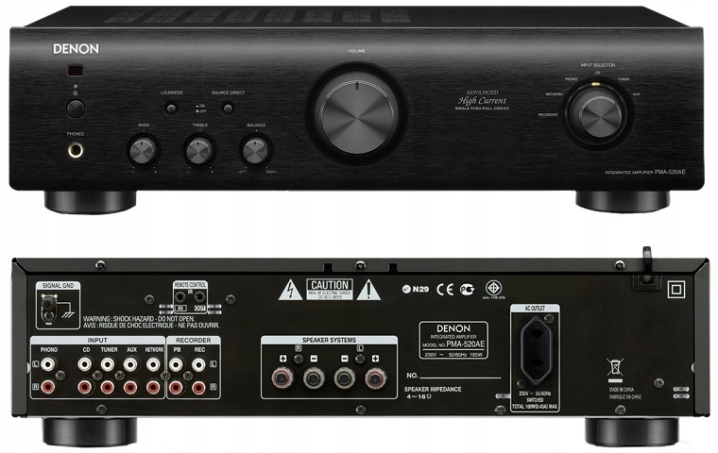
- Pioneer A-30 - integrated two-channel transistor amplifier, class AC. Power per channel 70 W. Operates in the frequency range from 5 to 100 kHz. The cost is 25,000-28,000 rubles.
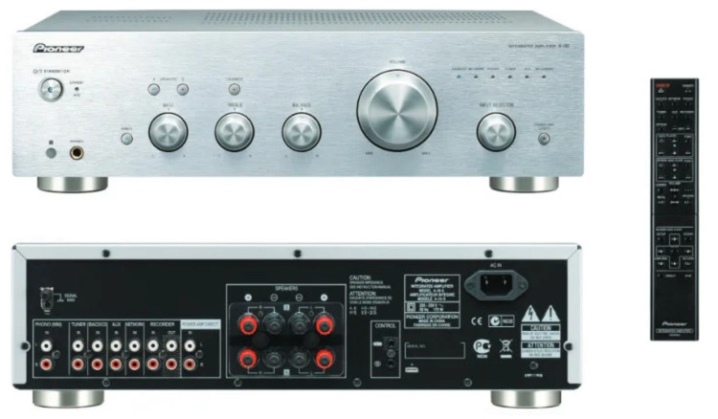
- Marantz PM5005 - integrated transistor two-channel amplifier with a power of 40 W for each channel. Operates in the frequency range from 10 to 20 kHz. The distortion factor is 0.01%. The cost is 25,000-30,000 rubles.
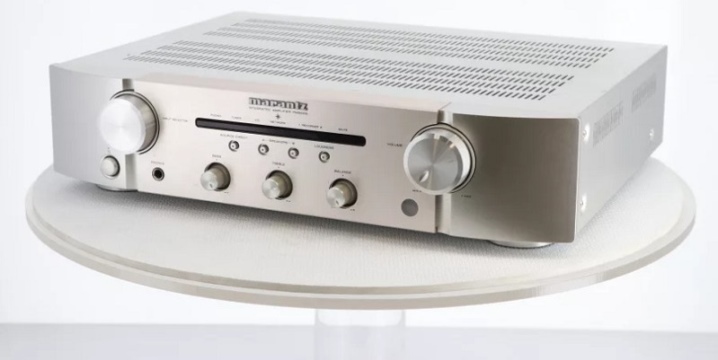
- Onkyo A-9150 - integrated transistor amplifier, two-channel, class AC. The power of each channel is 60 watts. Operates in the frequency range from 10 to 100 kHz. The distortion factor is 0.08%. The cost is 45,000-60,000 rubles.
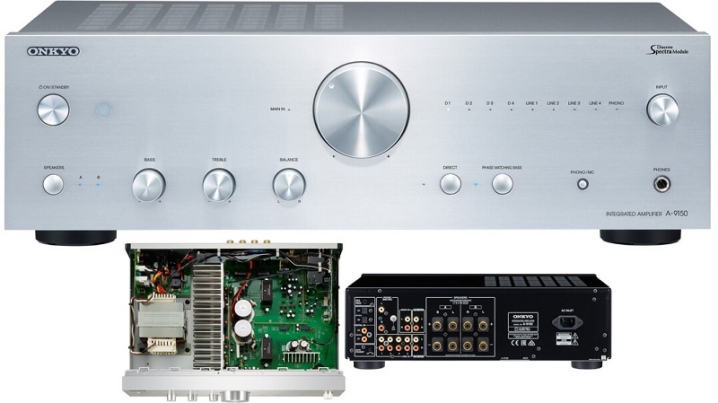
- Yamaha A-S801 - integrated transistor amplifier, two-channel. The power per channel is 100 watts. Operates in the frequency range from 20 to 200 kHz. Capacitors have a power of 12 μF. The cost is 55,000-60,500 rubles.

The listed models are not new in production, but have already gained popularity among users during their use.
How to choose?
To choose the right model for active sound acoustics, be it a miniature car amplifier or a large-sized device for floor-standing concert equipment, there are certain parameters that you should pay attention to.
- Before buying an amplifier, you first need to choose an acoustic equipment. and only then, focusing on its parameters, select a sound amplifying device. Both devices must synchronize with each other at the power and frequency of the operating range.
- When choosing a sound amplifying device, you need to take into account the area of the room or open space on which he has to work.
- For durable sound amplification equipment experts recommend choosing it with a power reserve relative to what you need. This is done in order not to use the amplifier to the limit of its capabilities.
- High quality equipment has a sound distortion level not exceeding 3%. The lower this indicator, the better the amplifier.
- The signal-to-noise ratio of the amplifying device should be as high as possible - it gives an idea of the clarity of the sound at the maximum volume option.
- Amplifiers work in different frequency ranges, but the best one is one that can operate at frequencies from 16 to 100 kHz. In this range, the human ear perceives sound quality best.
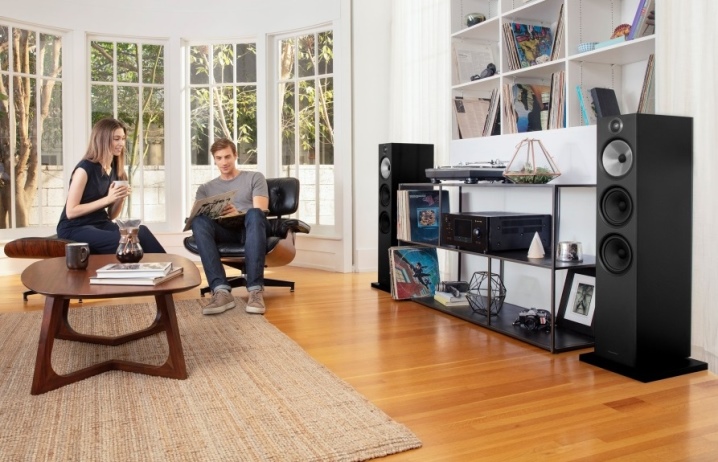
Each manufacturer indicates the exact and detailed characteristics in the instructions for their products, you just have to find out and compare them between several models of the same price segment.
You can find out how the sound amplifier works below.













The comment was sent successfully.